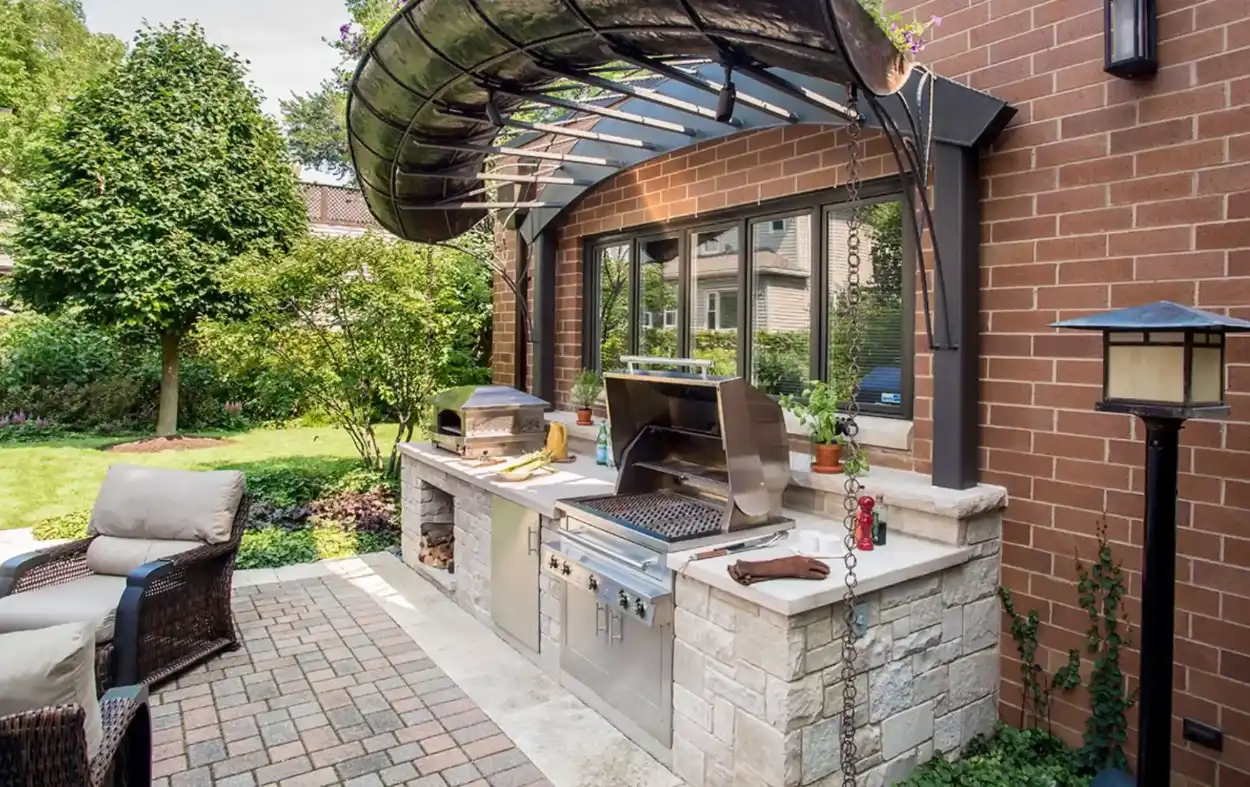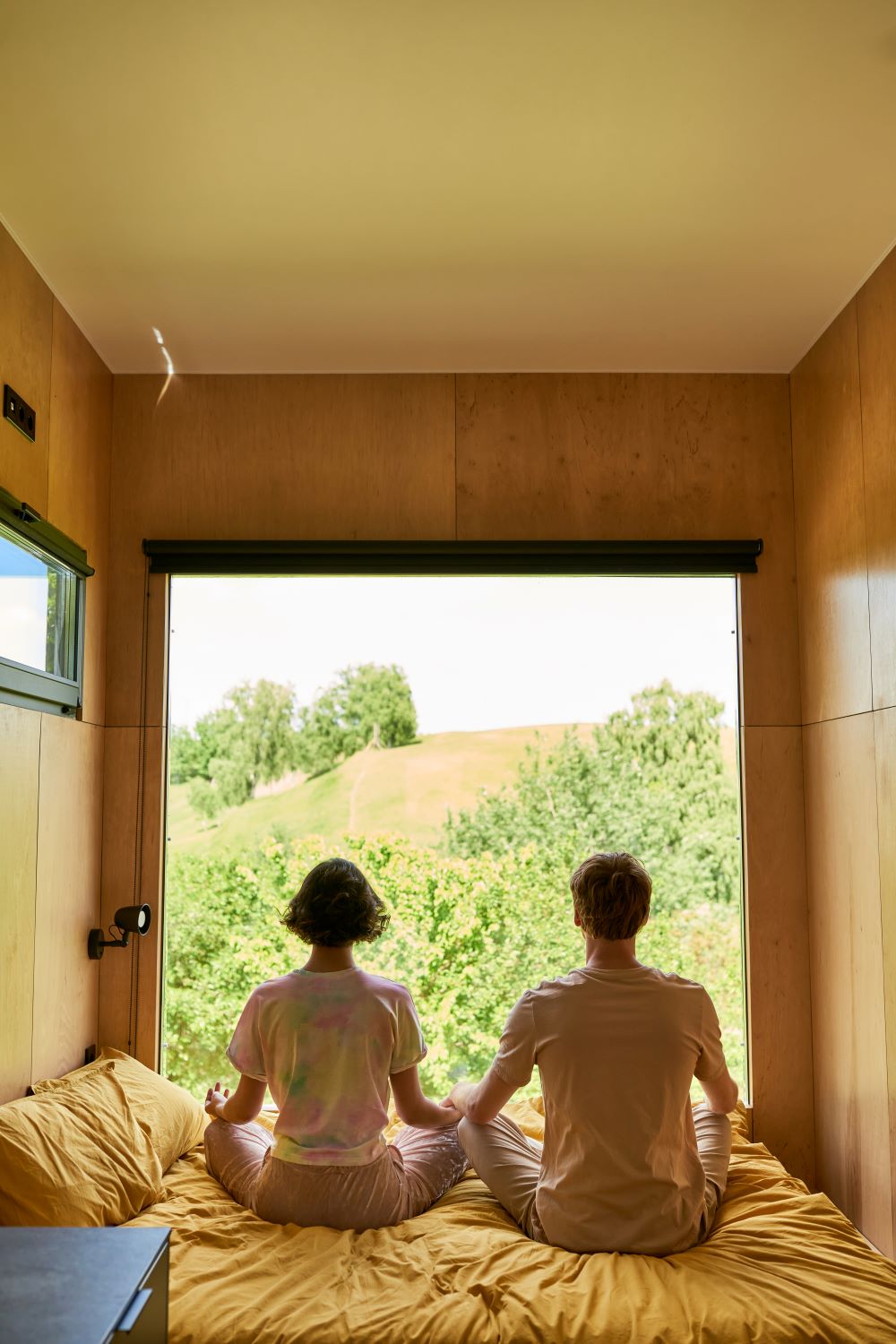Tile is one of the most important and difficult choices you’ll make in your bathroom renovation. Bathrooms are high-water areas, so you’ll want to use the right kind of tile to avoid slipping — and avoid water damage. Plus, tile should last a couple decades and is one of the hardest parts of the bathroom to replace. While you can easily change out your vanity or your faucet, it’s much harder to switch out your tile.
So, how do you make the right decision? The experts at DYM Builders have a few pointers for you to consider when choosing tile. It all comes down to your personal style, your budget, and the amount of time you have.
Plus, you can always work with a professional contractor like DYM Builders to choose the perfect flooring and walling for you.
What are the different types of tile?
Tiles come in a few different varieties:
- Ceramic
- Porcelain
- Clay
- Cement
- Natural stone, such as marble
You can use any of these tile types for both your floors and walls. However, you should be sure to use a floor tile with a matte finish so that they’re not slippery. Especially in the shower and areas around the shower, safety is most important.
Another thing to note: porcelain and ceramic tiles are typically the easiest to maintain, while clay and cement tiles are the hardest.
Which type of tile is the cheapest?
Generally speaking, ceramic tile tends to be the cheapest kind of tile, while natural stone tiles (e.g. marble, granite) tend to be the most expensive. According to HomeAdvisor, porcelain tile costs between $3 and $10 per square foot and ceramic tile costs between $0.50 and $7 per square foot. Slate and other natural stone costs $5-$35 per square foot. Clay and cement tiles usually fall somewhere in between.
What size and shape should I choose?
Tiles come in all shapes and sizes. Usually, it’s easiest to install tiles that are medium in size and square or rectangular in shape. They are easy to line up and don’t take a long time to place into a pattern. However, if a tile is very big — especially wall tiles — they can be difficult to install due to their weight. Many large wall tiles have to be set completely before you can move on to the next tile, which can cost you time and as a result, money.
Small “penny” tiles are also on trend right now, but they come with their own challenges. If you choose individual penny tiles and not those that are already meshed together into a pattern, you’ll spend more time on placing and grouting. Additionally, the smaller the tile, the more grout you’ll use. The more grout you use, the more maintenance and cleaning you’ll have to worry about down the line.
However, Jade Malka at DYM Builders encourages homeowners and renovators to try shapes, sizes, and colors outside the norm.
“It’s worth investing a little more thought and putting some thought into the colors. Don’t be afraid of mixing shapes, colors, finishes, and patterns,” she says. “It can make the whole look of the bathroom unique and fun.”
How do I install bathroom tile?
Tiling a bathroom — whether it’s the floors, the walls, or the shower — is a hefty task. For the inexperienced, you’ll need to stock up on tools and materials such as grout, tile spacers, sponges, underlayment, backer board, and more. The learning curve can also be steep for uniquely shaped tiles, or patterns. HomeAdvisor estimates that the cost to DIY a tile floor is $9.50-$51 per square foot, while hiring a pro costs $13.50-$83. To ensure you get the quality and longevity you desire from your floor, it may be best to hire a professional.








